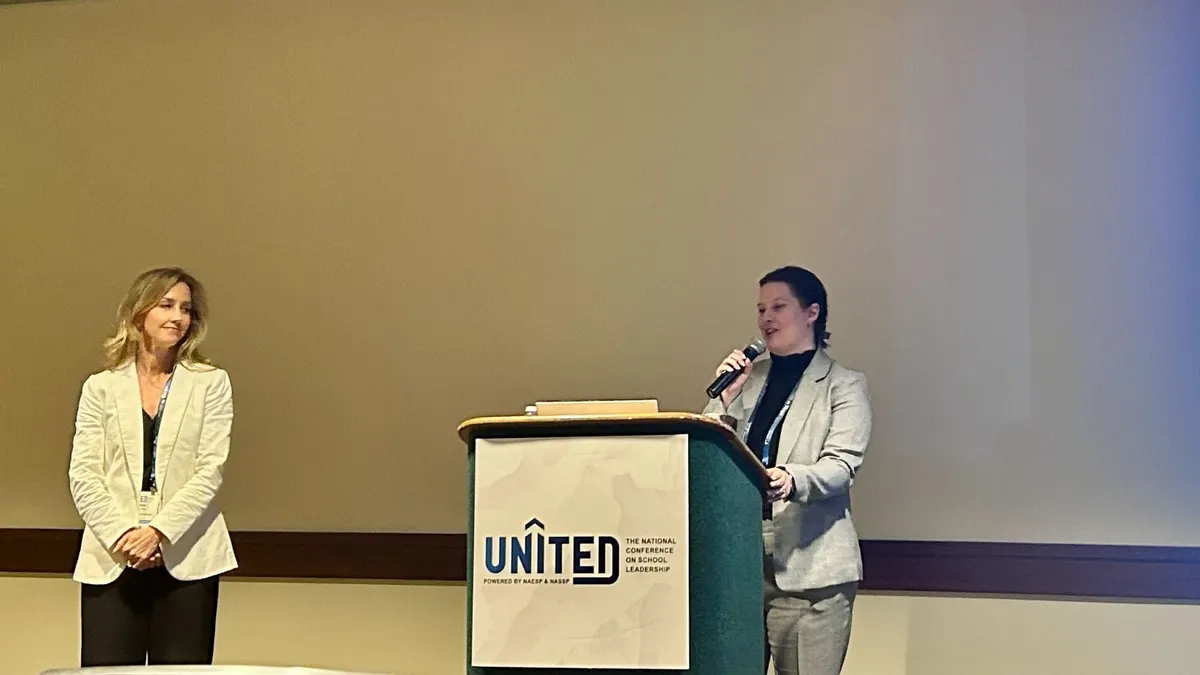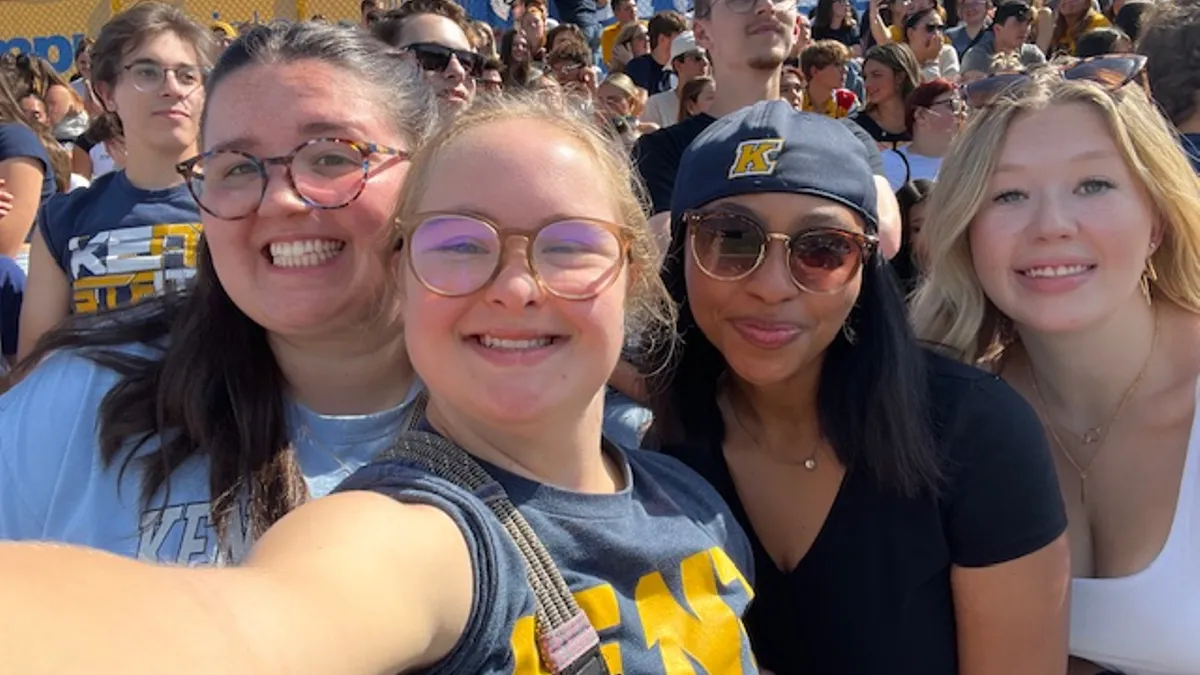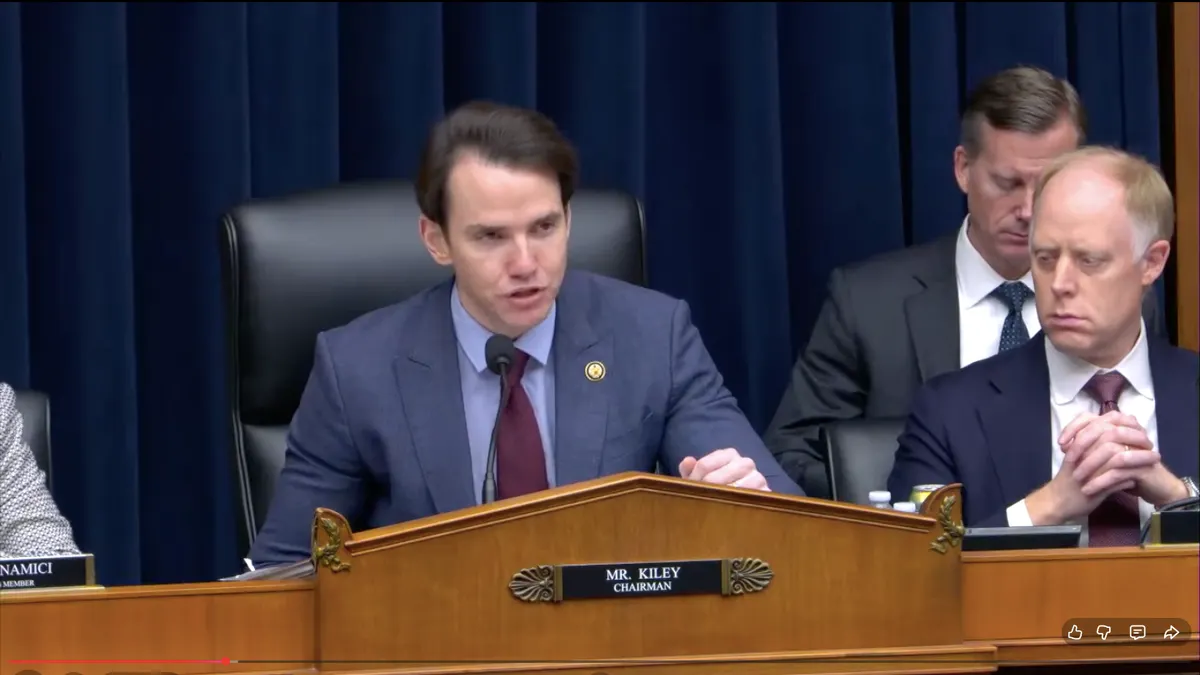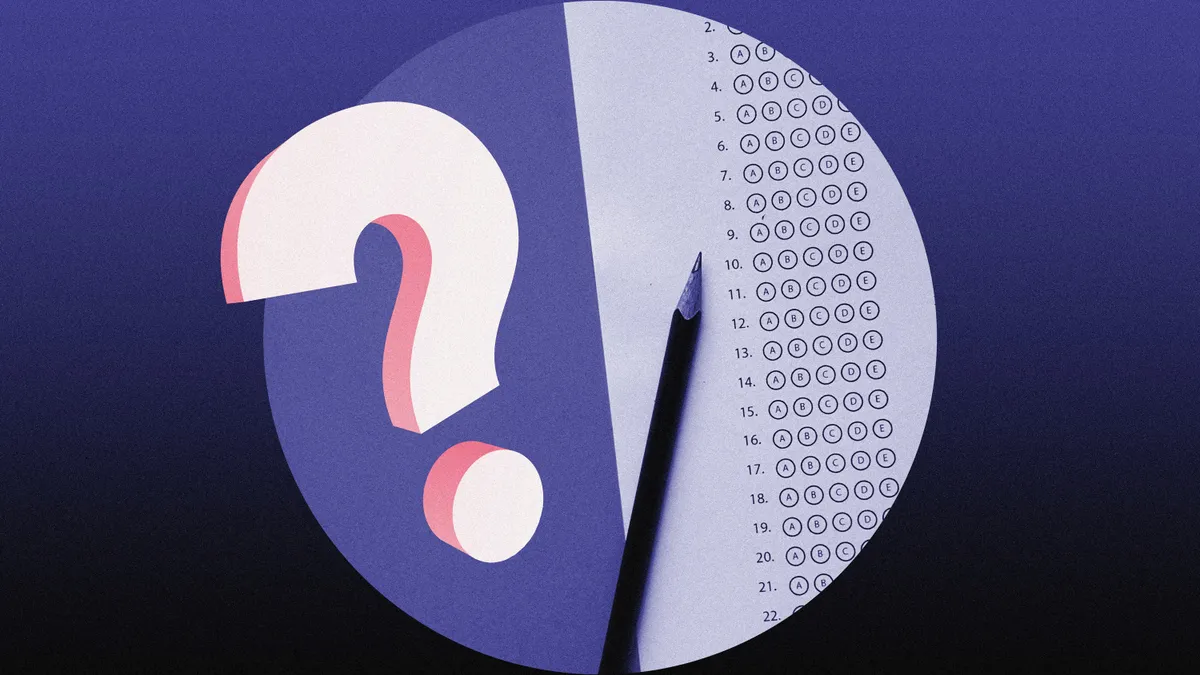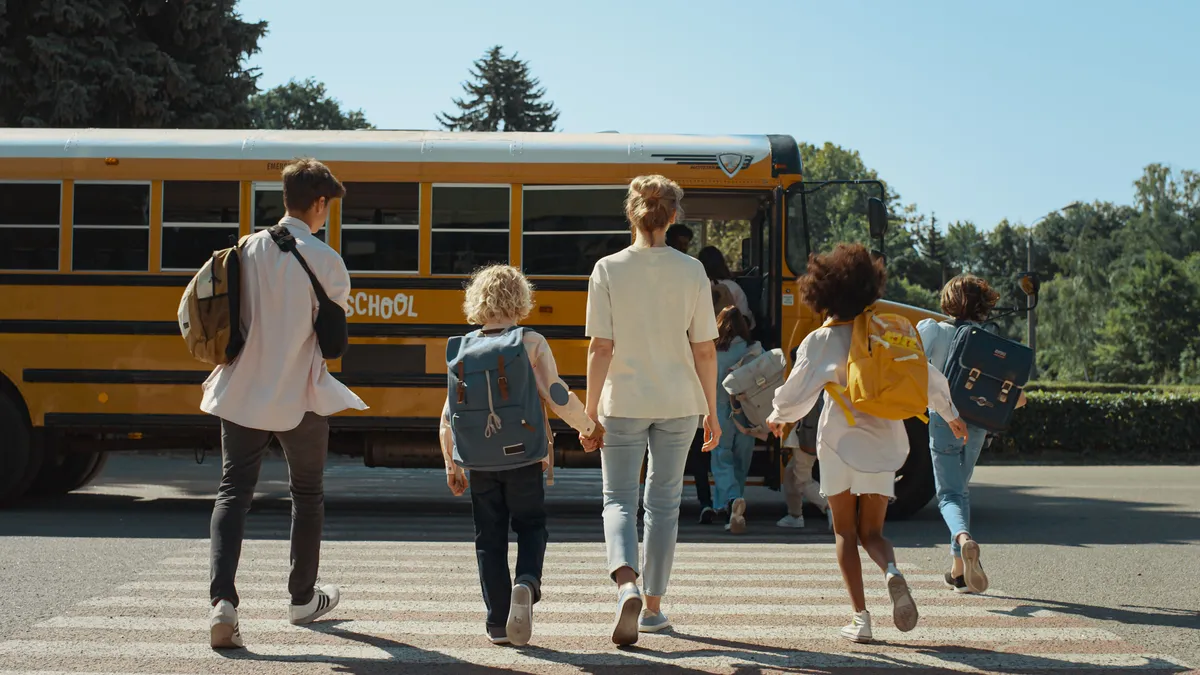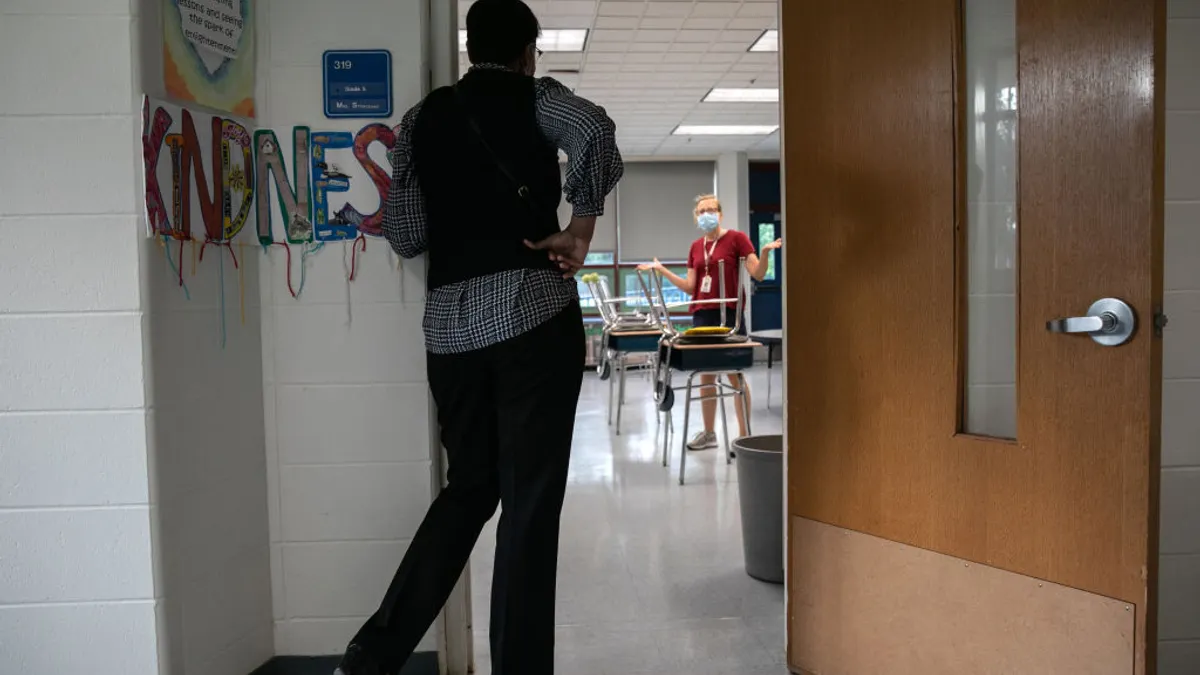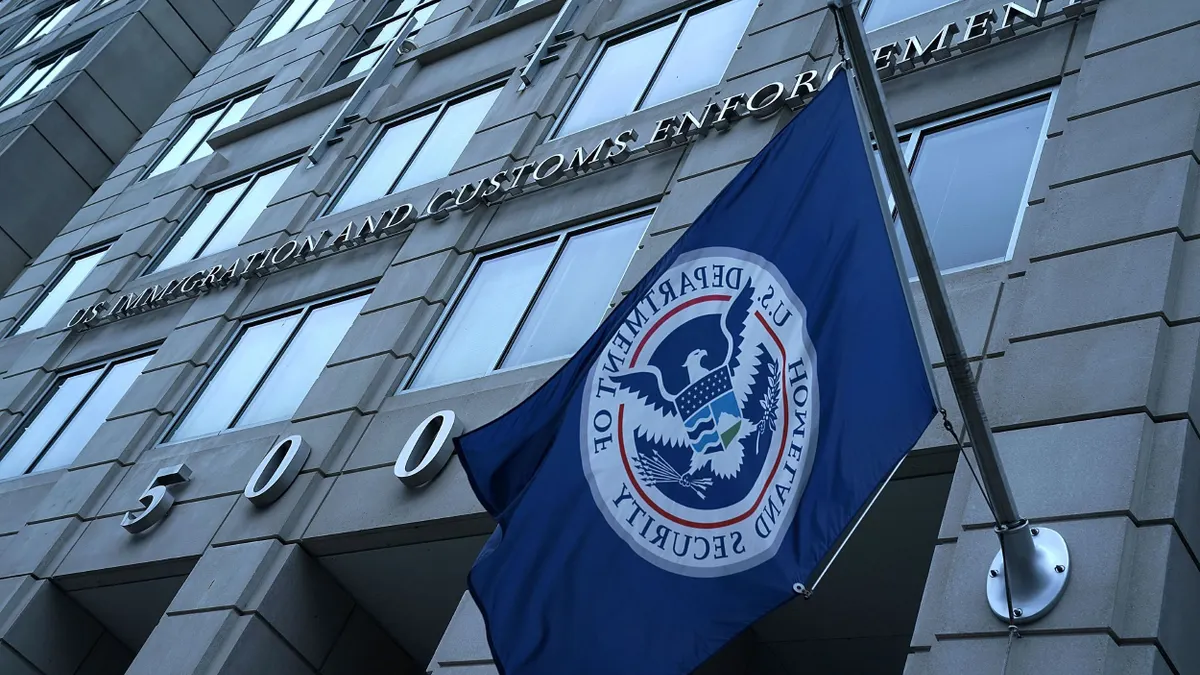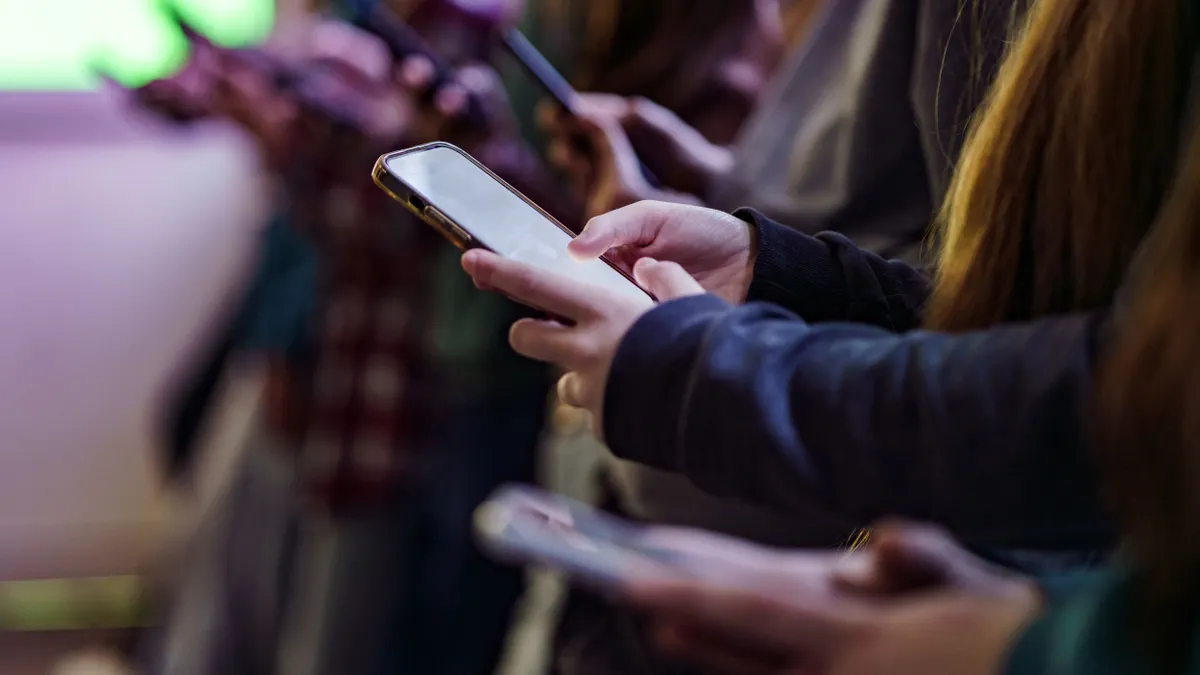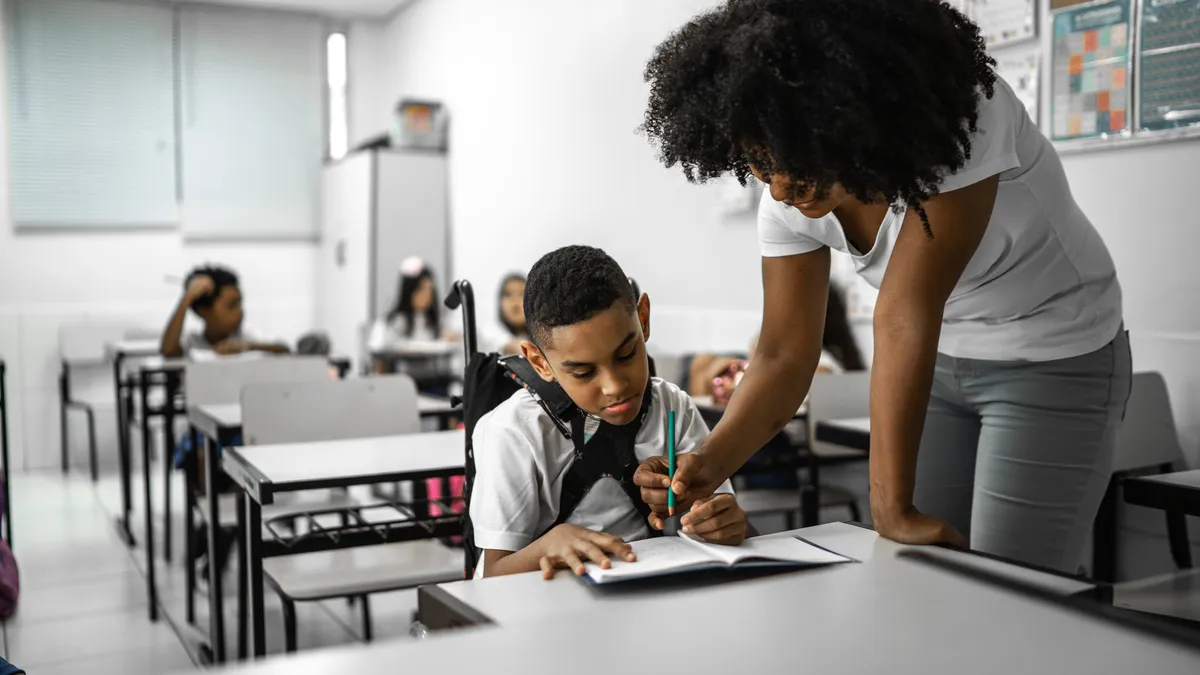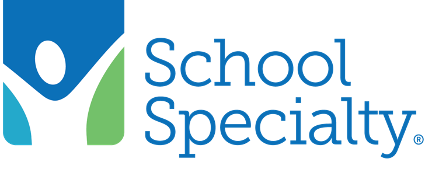SEATTLE — After Michele Gay’s 7-year-old daughter, Josephine, was killed in the Sandy Hook Elementary School mass shooting in Newtown, Connecticut, Gay founded a national school safety nonprofit to support K-12 leaders in crisis, prevention, response and recovery.
Known as Safe and Sound Schools, the organization was founded with Alissa Parker, another mom whose 6-year-old daughter, Emilie, was among the 20 children who died at Sandy Hook on Dec. 14, 2012.
“If we didn’t do something different, we were going to find ourselves back in the same place," Gay said during a Saturday session at UNITED, the National Conference on School Leadership. "Unfortunately — in the near future — that, of course, has come to pass.”
Now, Gay said, what guides her and Parker’s vision for their work to make schools safer is the question: What if communities were as tight-knit before a tragedy as they are in the wake of one?
“In fact, had they been, maybe we would not be in that position,” she said.
School safety: 'The ultimate team sport'
There are multiple pieces that must come together to ensure school safety, said Paige Settles, program manager for partnership, policy and engagement for the U.S. Department of Homeland Security’s School Safety Taskforce. Settles presented with Gay on comprehensive and holistic strategies leaders can take to improve school safety.
Those pieces include supporting student mental health, preventing and responding to bullying, protecting student data and school network systems, improving school climate, facilitating early intervention, and planning for and practicing in case of emergencies.
School leaders should create a robust and informed expert team to ensure that all those school safety needs are met, Settles said.
“There are so many different people that you can bring to help lighten the load from your shoulders,” Settles said to the principals. Some of the people who should be on these teams and trained on these school safety issues include administrators, teachers, school nurses, coaches, parents, school volunteers and substitute teachers.
As principals form these teams, Settles said, it’s important to consider if any of the team members could use more support or information about the school’s safety system. Additionally, school leaders should ask themselves if there is anyone missing who should be included in these team conversations.
Keeping students safe “is the ultimate team sport,” Gay said.
School psychologists, social workers, counselors, community providers, wellness organizations and nonprofits can play a role in bolstering school security by supporting mental and behavioral health needs. And, she said, building strong relationships with local law enforcement, including school resource officers is also crucial.
Training your school community on safety
Before training and practicing safety drills or simulations, Gay said, students need to be taught developmentally age-appropriate lessons on school safety skills.
School leaders should already have an emergency operations plan in place and avoid simulations that may include fake blood or weapons during student training, Settles said.
Simulations should only be used for training adults, while active shooter drills should help students with developing muscle memory as they practice a school’s safety plan, she said. Schools should also provide advanced notice to students before a drill occurs and clearly communicate when one is happening.
When teaching educators about school safety, they should understand the psychology behind the three stages of disaster response — denial, deliberation and the decisive moment, Gay said. This allows them “to normalize the human response” during a crisis situation.
Once they understand the science of disaster response, she said, schools can then provide teachers with tools on how to respond to a school emergency.
To prepare for an emergency response, students and teachers should learn the three basic actions they can take during a crisis, which is to “avoid, deny and disrupt,” Gay said. At the elementary school level, this often translates to “get out, keep out, and hide out.”
Considering special education students’ needs
Gay also developed a resource through Safe and Sound Schools that helps K-12 leaders foster an inclusive approach for safety preparedness in educational settings. The school safety resource, known as Especially Safe, was created in honor of her late daughter, Josephine, who was autistic, she said.
School leaders need to consider students with disabilities in school safety plans, Gay said. During the 2022-23 school year, there were 7.5 million students ages 3-21 who received special education services through the Individuals with Disabilities Education Act — or 15% of all public school students, according to the National Center for Education Statistics.
One tool introduced by the Especially Safe program is the individual safety plan, a counterpart to an individualized education program. The two plans should remain separate, Gay said, because IEPs should remain focused on academics and are legally binding documents.
The individual safety plan is designed specifically for students with disabilities and should be created by a team and shared with everyone who might interact with the student during a crisis. The plan, which should be regularly reviewed and adjusted, should also consider accommodations for the student’s transportation and mobility; their emotional, mental and behavioral health; auxiliary communication and medical health, as well as security and supervision.


